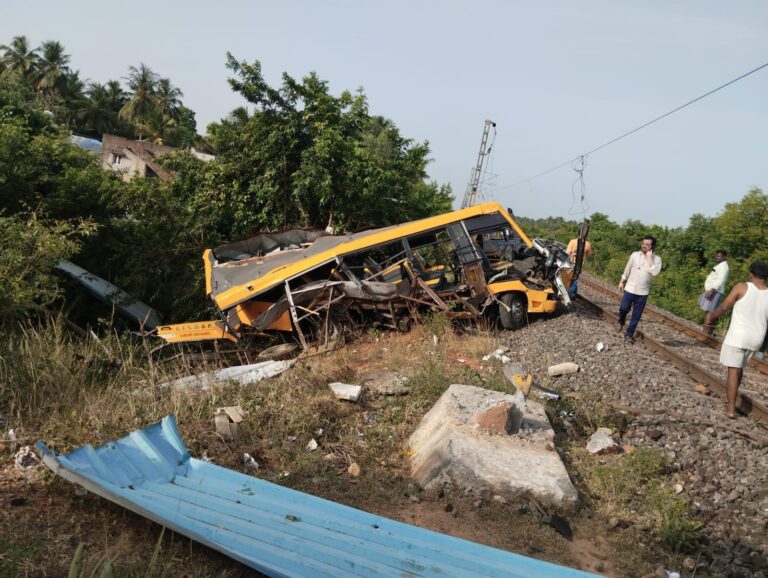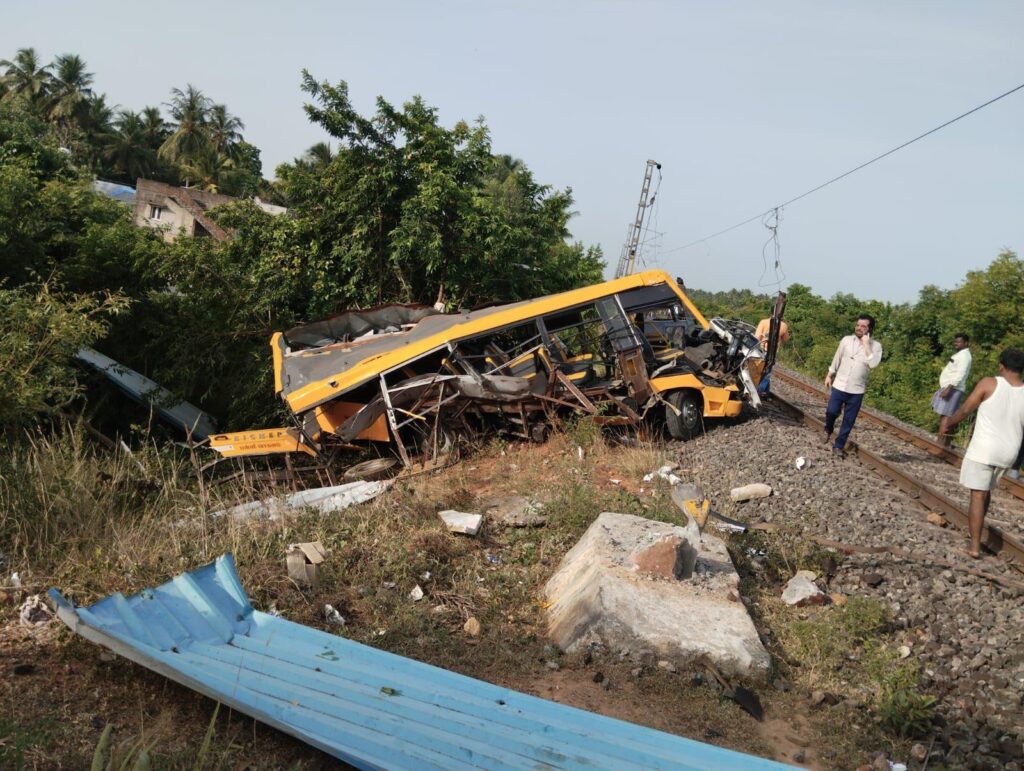India’s Upgraded Agni-5 to Deliver Massive Warhead Without Using Nuclear Power
That’s no longer a fantasy—it’s now a national defence project. India’s Defence Research and Development Organisation (DRDO) is reportedly working on a powerful new Agni-5 missile variant that can carry a massive 7,500 kg conventional warhead. This warhead isn’t meant for surface-level damage. It’s being designed to penetrate 80–100 metres of reinforced concrete, targeting deeply buried bunkers, missile silos, and underground command centres—some of the most secure facilities in enemy territories like Pakistan and China.
The move comes after the United States demonstrated its GBU-57 Massive Ordnance Penetrator (MOP) in strikes against Iran’s underground nuclear sites. India is now looking to match that capability—but with one key difference: instead of dropping it from bombers, India wants to launch it via missile, which is faster, harder to intercept, and doesn’t require airspace control. In this article, we’ll explore the origins of this breakthrough, and how India is reshaping deep-strike military capabilities.
Agni-5 Enters New Era: From Nuclear Deterrent to Precision Bunker Buster
The Agni-5 missile has long been India’s crown jewel in long-range ballistic weaponry. It is part of the Agni missile series developed under India’s Integrated Guided Missile Development Programme (IGMDP). Agni-5 is an intercontinental ballistic missile (ICBM) with a range of 5,000 to 5,500 km, designed to carry nuclear warheads as a strategic deterrent against major adversaries.
It features:
- Canisterised launch technology for mobility and readiness
- Three-stage solid-fuel propulsion system
- Advanced inertial guidance with NavIC/GPS support
- MIRV capability (ability to carry multiple warheads)
But the current transformation is different. The idea now is to develop a conventional (non-nuclear) Agni-5, which can carry a super-heavy warhead capable of targeting high-value enemy infrastructure. Inspired by the U.S. GBU-57 bomb, India’s new missile will bypass the need for bombers and achieve the same destructive goals via hypersonic missile speeds (Mach 8–20).
DRDO’s 7,500 kg Payload Agni-5: Built to Crush Underground Fortresses
- Twin Missile Variants in the Making
Reports indicate that DRDO is building two conventional variants of the Agni-5:
- Airburst Warhead Variant: Designed to attack airfields and above-ground installations
- Bunker-Buster Variant: Designed to go deep underground and explode after penetration
The focus is clearly on the second variant, which is aimed at hardened, subterranean targets—where nuclear assets or strategic command units may be hidden.
- Warhead Size and Delivery
The 7,500 kg warhead makes this one of the heaviest payloads ever attempted for conventional delivery by a missile. When combined with hypersonic speeds, it provides the kinetic force required to break through layers of concrete, steel, and rock.
Unlike the U.S. system that requires stealth bombers to drop such payloads, India’s missile-based delivery removes the need for airspace intrusion, reduces risk to pilots, and enables rapid deployment from mobile launchers.
- Shortened Range, Maximised Impact
To carry this massive payload, the range of the missile will be adjusted to around 2,500 to 3,000 km, still sufficient to cover critical military infrastructure in Pakistan’s Balochistan, Punjab, and China’s Western regions like Xinjiang and Tibet.
India’s move to develop a bunker-busting Agni-5 missile variant is a bold leap in modern warfare. It gives the country the ability to strike hard and deep—without crossing the nuclear threshold. This not only boosts India’s conventional deterrence capability, but also places it among the few global powers capable of taking out underground strategic assets using precision hypersonic missile systems.
DRDO’s innovation ensures that India won’t need foreign aircraft or bombs to achieve this capability. With indigenous design, flexibility, and cost-efficiency, India is proving that it can match world powers on its own terms.





















